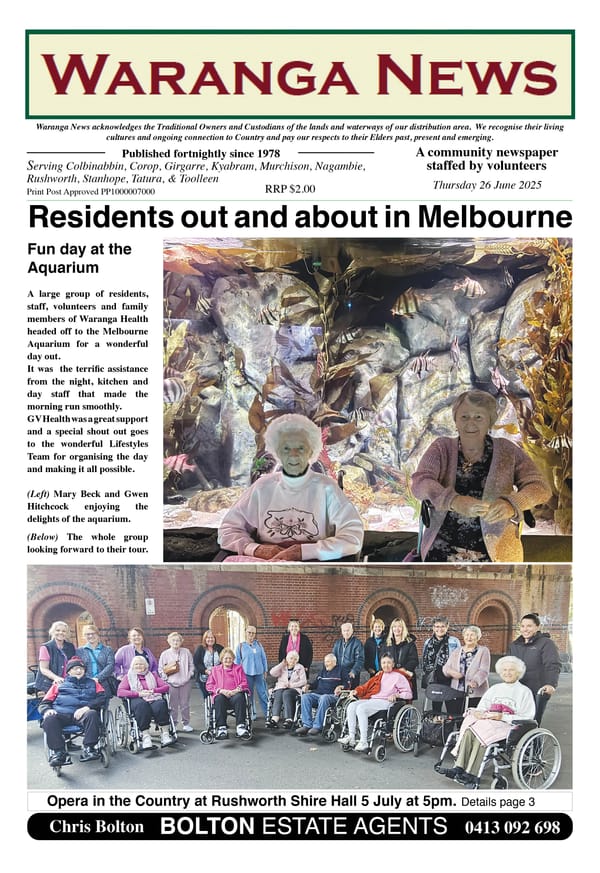14. Kangaroo as a staple food

Like the yam daisy (or murnong) which was mentioned in the previous story, kangaroo meat was a staple food for the local Aboriginal people in the millennia prior to the 1840s. While the women were principally engaged in the collection of murnong, the men took responsibility for hunting kangaroos. There were similarities with the way their American counterparts hunted buffalo. They only killed what they needed, and nearly all parts of the animal were utilised – meat certainly, but also skins, bones, sinews and so on.
During the 1830s and 1840s, land in the Waranga area was rapidly taken up by squatters. The squatters brought thousands of sheep with them, along with some cattle, which were grazed on land formerly the primary habitat of kangaroos. The squatters had no hesitation in using guns and dogs to kill off the kangaroos, which were seen to be competing for the available pasture and water resources.
CREATION OF GRAZING LAND
Ironically, a regular burning regime by Aboriginal people, on suitable land, had created ideal conditions for sheep and cattle grazing. Stations could be established for minimal cost, with no time being lost by having to do extensive clearing.
In his seminal 2011 book, The Biggest Estate on Earth – How Aborigines Made Australia (Allen and Unwin), respected historian Bill Gammage documents in great detail how these burning regimes worked. Bill based his book on some clear facts. Firstly, 70% of Australian plants need or tolerate fire. Secondly, over millennia Aboriginal people had developed an incredible knowledge of those plants and their particular relationship to fire. Finally, they understood the basic needs of the kangaroos that they were hunting.
This allowed them to do burning, or not do burning as the case may be, in such a way that it would cause grazing animals to move in a predictable way to specific locations where they could find the best food and shelter. The predictability of movement was aided by the fact that the kangaroos had no predators (other than humans) prior to European colonisation.
HUNTER-GATHERERS BUT ALSO FARMERS
In another important recent book, Dark Emu, (Magabala Books, 2014) Bruce Pascoe seeks a reconsideration of the role of Aboriginal people as simply hunter-gatherers. And incidentally, if you ever get a chance to hear Bruce speak, seize the opportunity. You will not be disappointed.
The previous story about murnong has already indicated that, as a form of farming, Aboriginal people took very specific steps to maintain a sustainable crop of murnong. Bruce takes that a step further, by documenting numerous examples of Aboriginal people growing grain crops. Major Mitchell, one of the first European men through the area, noted that “the grass is pulled…and piled in hayricks, so that the aspect of the desert (sic) was softened into the agreeable semblance of a hayfield…we found the ricks or haycocks extending for miles.”
Evidence of the “selection of seed, preparation of the soil, harvesting of the crop, (and the) storage of surpluses” by Aboriginal people quickly disappeared with the arrival of the squatters and their flocks. However, they are all activities that we normally associate with farming, and which the custodians of the land prior to the 1840s engaged in.
INEVITABLE CLASHES
As early as 1839, a Ngurai-illum Wurrung man, called “Moonin Moonin, complained that Jumbuck and Bulgana (sheep and cattle) were destroying Aboriginal game pastures and staples like yams and mirr-n’yong roots.”
With the loss of access to all these resources, it was inevitable that there were going to be clashes between the previous custodians of the land and the new ones. This was especially the case when Aboriginal people killed or stole livestock or destroyed property. Retribution tended to be excessive, swift and violent, and on a virtually lawless frontier, usually went unpunished.
One clash near the Goulburn River was briefly recounted in an earlier story. Many other clashes took place along the Campaspe River, particularly south of the areas for which clans of the Ngurai-illum Wurrung people had been the custodians. In many cases, attacks on Aboriginal people went unreported. The perpetrators were often men who worked on stations, many of whom were ex-convicts with violent backgrounds.
Reference: Kiernan, Ben, Blood and Soil: Modern Genocide 1500-2000 (Melb Uni Press, 2008)



